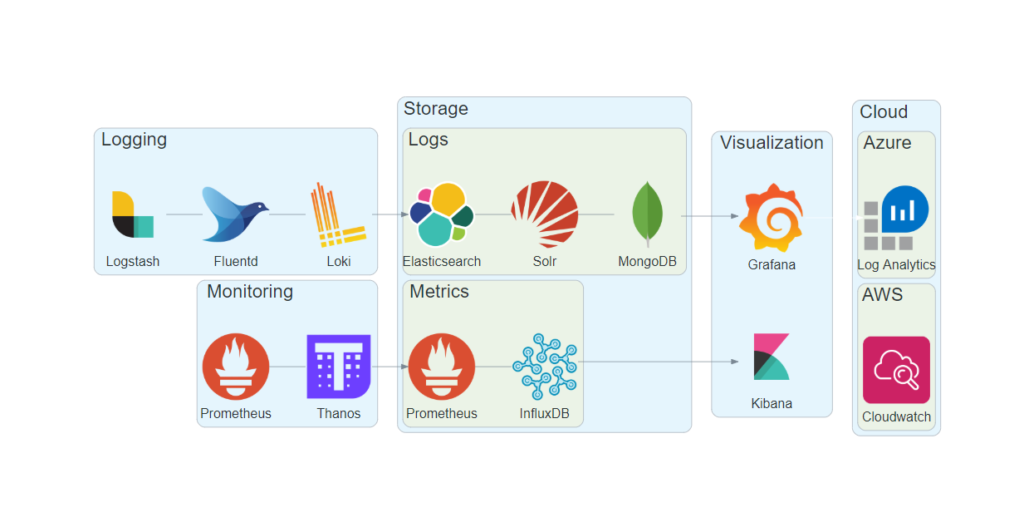Shlomi Tubul puts together a proof of concept app:
In this blog, I will demonstrate how COD can easily be used as a backend system to store data and images for a simple web application. To build this application, we will be using Phoenix, one of the underlying components of COD, along with Flask. For storing images, we will be using an HBase (Apache Phoenix backend storage) capability called MOB (medium objects). MOB allows us to read/write values from 100k-10MB quickly.
*For development ease of use, you can also use the Phoenix query server instead of COD. The query server is a small build of phoenix that is meant for development purposes only, and data is deleted in each build.
Click through for the demo and for a link to the GitHub repo.
Comments closed